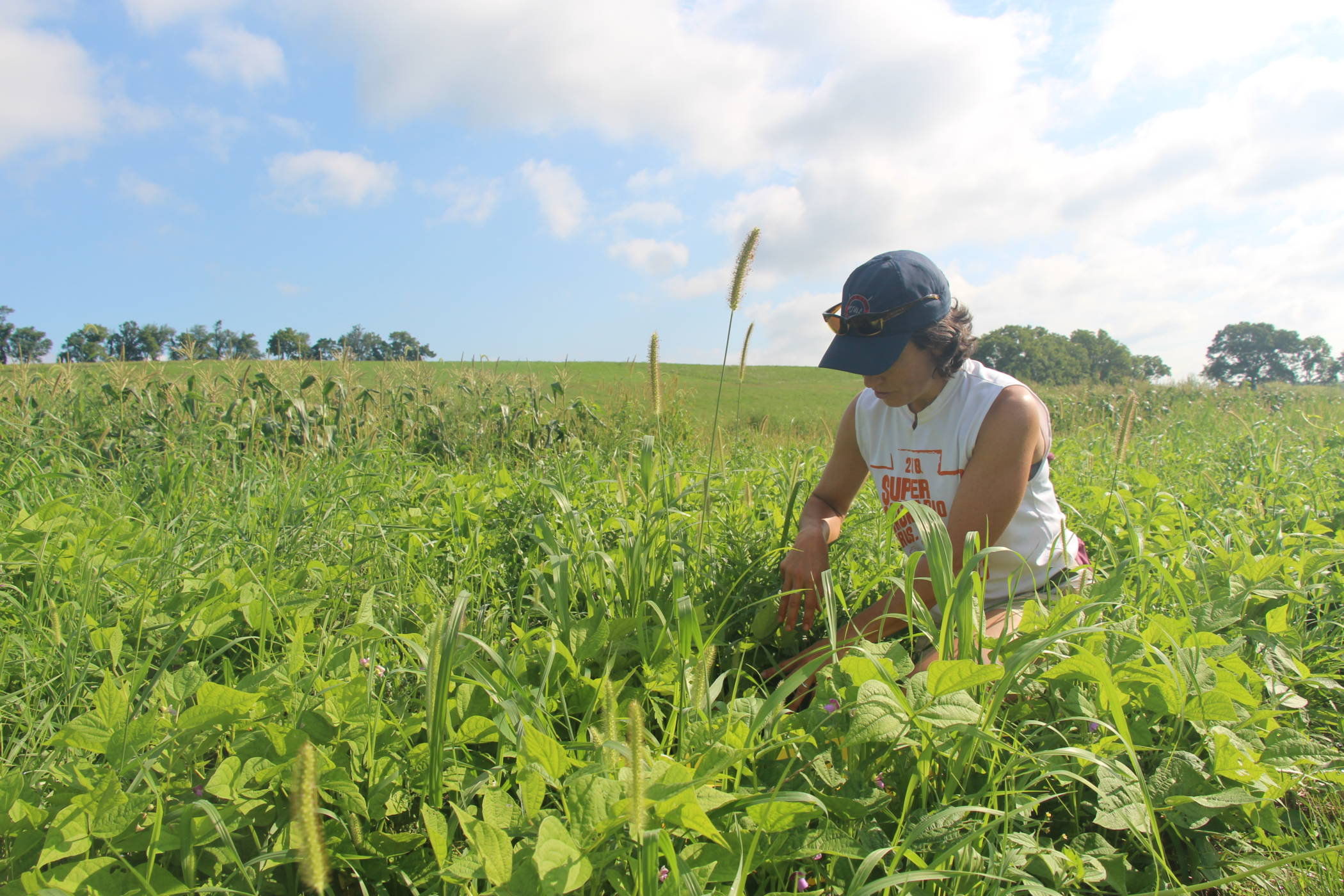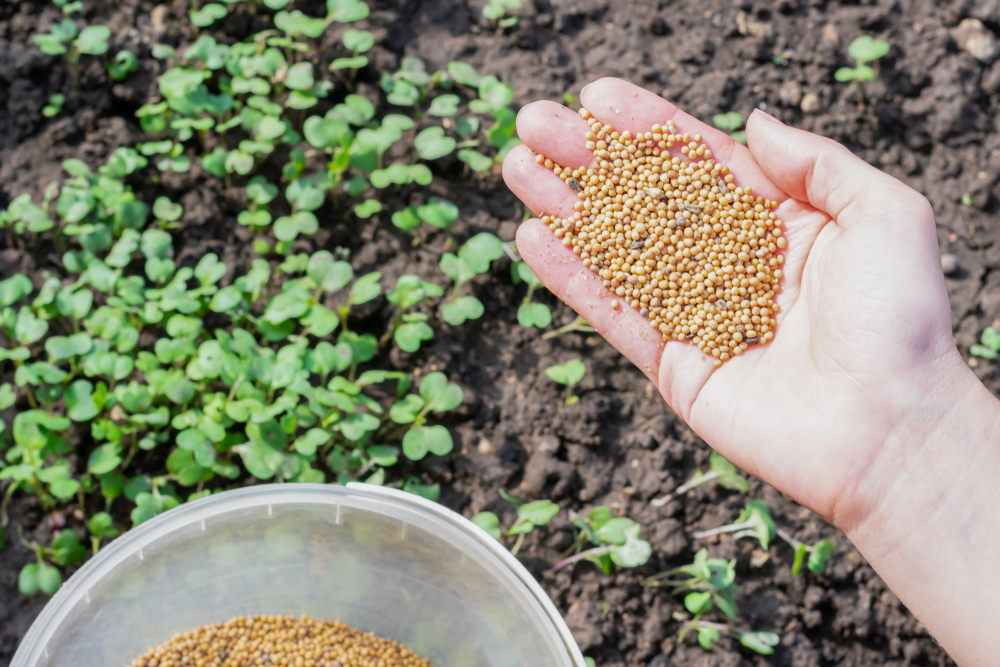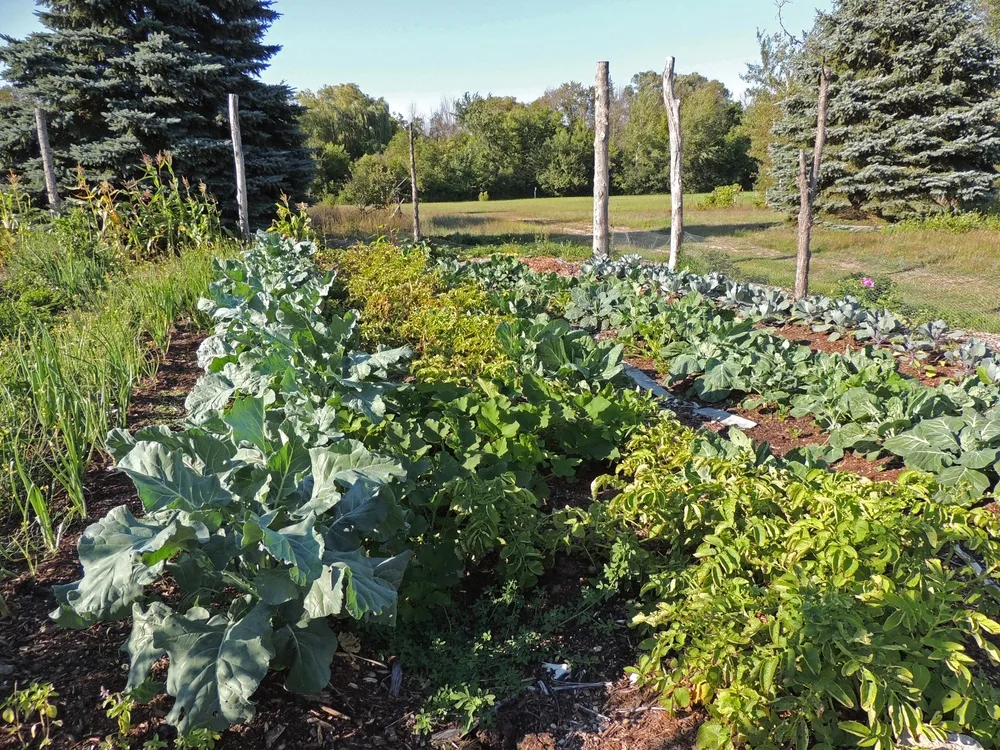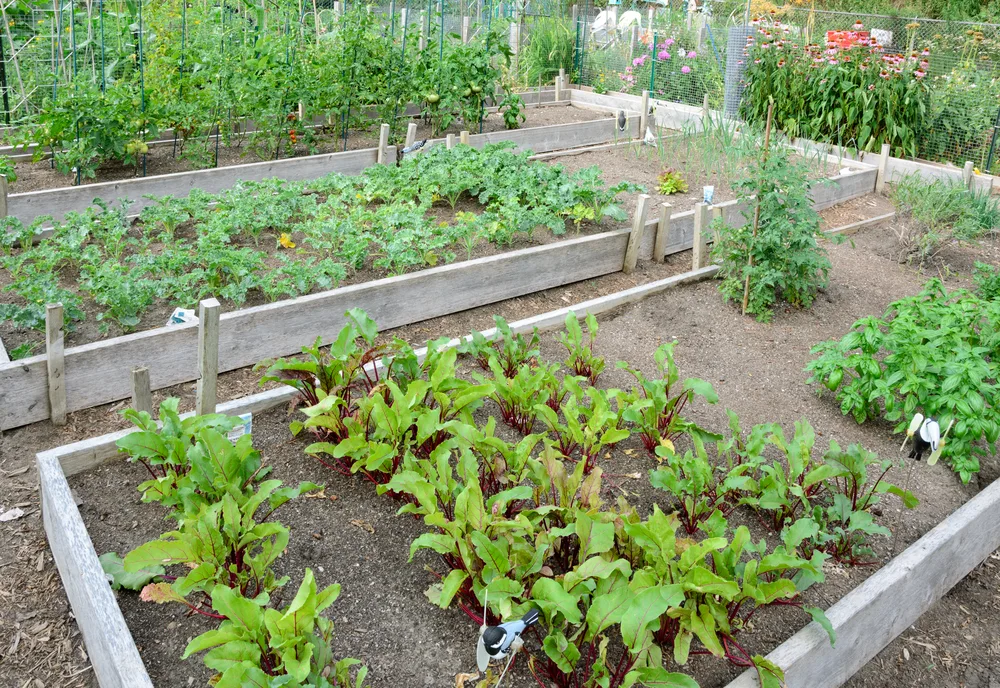
Improving soil health is crucial for boosting plant growth and sustaining a productive garden or farm. Healthy soil provides essential nutrients, retains moisture, and supports a diverse ecosystem of microorganisms and organisms that are vital for plant health. Here are effective strategies to enhance soil health based on various expert sources.
Importance of Organic Matter

Adding organic matter such as compost or well-rotted manure is one of the most effective techniques to improve soil health. Organic matter enhances soil structure, regulates water retention, and promotes beneficial microbial activity. Compost, which is created from decomposing plant and animal materials, helps increase the nutrient-holding capacity of the soil while improving aeration and drainage[1][5][6].
When incorporating organic matter, it is advised to add a minimum of a 5 cm layer over the surface before digging or forking it into the soil[2]. This approach not only improves soil fertility but also increases the diversity of soil microorganisms, which are essential for breaking down organic materials and making nutrients available to plants[6][7].
Utilizing Cover Crops

Cover crops, or green manures, are vital for preventing soil erosion and enhancing soil fertility during the off-season. These crops are grown not for harvest but to be turned back into the soil to add nutrients and organic matter. Legumes, such as clover and beans, are particularly beneficial as they fix atmospheric nitrogen, enriching the soil for future crops[4][5]. Growing cover crops also helps keep the soil covered, minimizing nutrient loss and enhancing moisture retention[2][4].
Soil Testing and Nutrient Management
Regular soil testing is critical to identify nutrient deficiencies and make informed decisions on soil amendments. Essential nutrients for plants include nitrogen, phosphorus, and potassium (known as NPK). Signs of nutrient deficiencies can include yellowing leaves or stunted growth, so understanding soil nutrient levels is key[6][7].
After testing, specific amendments can be applied depending on the deficiency. Organic options like blood meal and fish emulsion can deliver necessary nutrients without the risks associated with synthetic fertilizers[1].
Minimizing Soil Disturbance

Adopting practices that minimize soil disturbance—such as no-dig gardening—can significantly benefit soil health. By leaving the soil undisturbed, the complex network of microorganisms and organic matter can thrive, resulting in healthier and more resilient soil. This approach also enhances the soil's ability to store carbon and retain moisture[4][6][7].
When soil is disturbed through excessive digging or tilling, it can lead to compaction and erosion, negatively impacting its health. Therefore, using compost as a top layer and allowing natural processes to incorporate nutrients is preferable[4][7].
Enhancing Soil Structure

Soil structure is another critical aspect of soil health. Healthy soil should have a balance of sand, silt, and clay, which allows for adequate aeration, drainage, and root penetration. To improve soil structure, practices such as mulching are effective. Mulches help retain moisture, regulate soil temperature, and, as they decompose, add organic matter to the soil[5][6].
Incorporating soil amendments like lime or gypsum can also improve structure. Lime raises soil pH in acidic soils, while gypsum helps with compaction and drainage issues[5].
Promoting Microbial Diversity

Healthy soil is alive with a diversity of microorganisms, which play a critical role in nutrient cycling and maintaining soil fertility. Strategies such as adding compost and organic matter encourage microbial diversity. Similarly, using mycorrhizal fungi can enhance nutrient uptake by forming symbiotic relationships with plant roots[5][6][7].
Improving the soil microbiome can lead to better plant health, more resilient crops, and increased nutrient availability.
Protecting Against Erosion

Soil erosion is a significant threat to soil health, especially in areas with heavy rainfall or wind. Keeping the soil covered with plants or mulches can protect it from erosive forces. Building organic matter through strategies like no-till gardening and using cover crops also helps maintain soil integrity[4][5].
Moreover, employing water management techniques such as swales or rain gardens can help mitigate erosion by managing precipitation runoff and enhancing soil moisture levels[4][5].
Conclusion

Improving soil health is a multifaceted approach that requires attention to organic matter, crop management, soil testing, and ecologically friendly practices. By integrating these strategies, gardeners and farmers can enhance the health and productivity of their soil, contributing to sustainable agricultural practices and a resilient ecosystem. Each small step taken toward better soil management leads to substantial improvements in plant health and overall environmental quality.
Get more accurate answers with Super Pandi, upload files, personalized discovery feed, save searches and contribute to the PandiPedia.
Let's look at alternatives:
- Modify the query.
- Start a new thread.
- Remove sources (if manually added).